June 4 Double R Report
Monday, June 3, 2014:
The Brown Drake hatch downstream of Highway 20 has moved up to the Willows and beyond, but is still strong. On the Ranch water, the Pale Morning Dun hatch has strengthened and become consistent. You can bet on the bugs coming off by 10:00 a.m. They are large now. The other day I had trout “nose” my #18 PMD CDC Winged parachute and after a half dozen refusals I ratcheted up the size of my fly to a #14 and that did the trick. So, go with the big fly.
THE PALE MORNING DUN HATCH – JUNE’S FINEST!
The PMD hatch is your Stream Keeper’s favorite hatch of the season next to Trico Madness. The bug is large and the imitation is easily visible to the angler. I don’t mess around with “emergers,” “cripples,” nymphs or the like. It is a hatch for drifting Dun imitations and due to the force of the take of larger trout I never use a tippet smaller than 6X. Why lose fish? But, I do use a Trout Hunter 14 foot leader. In a recent testing analysis conducted by Fly Fisherman, Trout Hunter leaders and tippet material were rated Number One. You can find them at Picabo Angler. Why risk losing the season’s largest trout on runner up leader material?
It seems like each June we get a surge of windy days which make fishing the PMD hatch unnecessarily challenging. I remember one June when it blew for 10 straight days. But, you can view a breezy day as an opportunity. The riffled water surface seems to make some of the trout brazen. Throw a large PMD imitation onto the broken water, like a size 14 or even a size 12. You can even use a bushy Light Cahill that you employ on freestone streams or big rivers. The trout can see the fly in the refraction of the broken water, but not enough to scare the fish away, and you can see it, too. You can get away with a big tippet, a good thing to do this season with low water conditions. An alternate tactic is to be very observant of trout rising in the calm flat water that the wind does not disturb. You will not only find trout taking PMDs in the middle of the calm water, but also at the edge of the “seam” created by the wind and then there are my favorite targets, the Evil Bank Risers. The other day I spent a half hour on a single bank riser before finally landing the 18 inch Brown trout on a #16 PMD Hatchmatcher.
The choice of fly pattern is less important to the trout than it is to your confidence level in the fly. Year in and year out, I have the most confidence in a fly that I call my CDC Winged Parachute, in sizes 14 to 18. For your tyers: the tail is 4 or 5 light or medium dun MicroFibbets or similar tailing material; the wings are fashioned from pulled down CDC feathers (the best is Trout Hunter CDC); the body is either Light Cahill 8/0 Uni-Thread or dubbing; the parachute hackle is light or medium dun (I use Whiting 100 saddle hackles); For added durability, after completion of the fly be sure to coat the CDC wings with head cement.
Other PMD imitations that have been successful in my experience include: the PMD Sparkle Dun; the PMD Hatchmatcher; the PMD Hackle Stacker; the PMD Comparadun; the Light Cahill; various PMD parachute patterns.
Doug Andres
